Friday 5 October 2012, somewhere near Phou Khoun, Luang Prabang District, Laos
Somewhere in the greasy inner workings of the spindle on which my pedal arms turned, a little ball bearing was preparing to mutiny. For months he had laboured diligently alongside his ring of colleagues to guide each rotation smoothly round, but the work had been getting heavier lately. These Laotian hills demanded heavy turns that laid sustained, warping pressure on the chrome-steel crew, and this little ball had reached his limit. As he was tossed around another grinding turn he finally rebelled and broke rank with a defiant clonk.
“Shit.”
We were halfway up the hill when the noise came. Liv pulled up beside me as I dismounted to inspect the damage, tugging the pedals to feel the mechanism chatter inside. This was not good. We had neither the tools nor the skill to fix this, and the last time this clonk-and-wobble had occurred the entire bottom bracket had given out within minutes. Miraculously that end had come within metres of the final summit of the Cameron Highlands, giving us a 55 kilometre clear downhill run to the next bike shop. But luck like that doesn't come round twice. Now we were facing a day and a half of heavy riding until the next town. So if this bracket gave out anywhere near as quickly as the last, we’d have no choice but to hitch a lift and break the spell of cycling the whole way across Asia.
The riding up to then had been glorious. From the Plain of Jars our road had cut west over rising waves of shrub-jungle hills. The hillsides were patchy where the jungle had fallen to farming or logging, yet forests remained and in the fields between the land still teemed with saplings and wildflowers trembling in the warm meridian wind.
Our road wound on and the landscape steepened and grew. Great rocky outcrops tore above the trees in the far distance, and at dusk the fog crept over the landscape to pour down into the deep, river-creased valleys below. By the second day the ascents had become afternoon-long affairs, but we were fit enough to enjoy them by now. The shift from easy rolling to stiff, doughy climbs was never pleasant, but we’d learned to ease down a notch and hold a steady pace. Aching legs were just the prelude to a cosy buzz of endorphins—that same warm contentment you earned as a kid chasing through fields on long summer days. We fired those feelings on the way up and in time we’d reach the top and find a whole new realm unfurled before us, just as the momentum caught us and sent us storming down the far side, fingers clenched and the wind roaring in our ears.
So we were getting the hang of the hills, but our judgement of distance still left a lot to be desired. At the end of that second day and with miles to go to the next town, the sky revolved through dusk, the road darkened and we found ourselves riding through a void of black geography and stars. There was no moon, no distant glow from any towns; the night was pitch blackness and as it fell the frogs and crickets shrieked with delight.
For two strange hours it was as though we had passed into another world. All the amphibious, anthropodic, creeping, croaking creatures of the woods seemed to have risen together to proclaim their dominion here. We were in their realm now and only barely tolerated—a sentiment regularly batted home by the wings of the fat moths and katydids that kept thumping into us.
Progress was slow with our bike-lights waning, but finally a glow did appear beyond a rise and we rolled at last into the yellow glare of a little junction town called Phou Khoun. As we climbed the wooden steps to our room that night we saw a dozen moths dancing around the landing lightbulb, and through the window an electron-cloud throbbed around the porchlight.
The next day the junction set us north for the final run into Luang Prabang. There were two days and two large hills to go, and it was on the first of these that my bottom bracket cracked out of place. We knew there was nothing we could do to fix it, and yet despite the rattle and our past experience, the pedals did still turn. So we vowed to push on for as long as we could, fully expecting the mechanism to collapse within the hour. But it held. It held all the way till dusk that day when we turned in for the night. And then it held again, though crackling and grinding, as we ascended the final 700 metre hill the next day.
We came clattering into Luang Prabang in the late afternoon, gazing relievedly at the white-washed town houses and the street vendors’ smouldering grills, pleasantly surprised to have made it. Despite its city status, Luang Prabang had a country town feel to it. The streets were quiet, the buildings low and pleasant with louvered shutters cast in pastel shades, and the town itself seemed to have somehow slipped in between the forest, leaving broad-leaved trees free to flourish between the houses and drape their canopies over the roads. This ancient royal capital, caressed by the lazy waters of the Mekong, was to be our refuge as we rested and dealt with the bikes.
The next day we awoke to find a city twinkling with stupas and the high golden gables of Buddhist temples, barely risen from its low season and yet still amply supplied with cafes and cushioned seats to collapse in with a book. But we couldn’t find a mechanic. A guy who ran a cycle hire told us there was probably someone in Vientiane, but the idea of a two-day bus ride with a bike was not appealing, not without confirmation and not if we could avoid it.
I took my toolkit and a rag and found through gritted teeth that I could just about tighten the cups of the bracket by hand. This restricted the wobble of the pedals and some of the strain on the inner mechanism, but it made the pedals too stiff to turn and so forced a compromise that fell not far short of the state it had been in three hours earlier before I’d got black-handed meddling with it. Putting the hours in, however, left the impression that I’d somehow improved the situation so it no longer warranted the previous level of concern. We should have looked into the mechanic in Vientiane the next day, but when the time came our research was desultory and inconclusive. All we managed to do was confirm the existence of another mechanic 450 kilometres away north over the border in China.
 Considering the care we had taken with so much else on this trip it was uncharacteristically sloppy of us to let our efforts here peter out and lay our faith in good fortune to see us across the border, but that’s exactly what we did. I can only say that we had a lot on our minds. In four weeks it was our plan to ride into the Hengduan Mountains, a curling storm of snow peaks on the eastern edge of the Tibetan Plateau. The topographic profile of the months ahead showed a forest of jagged inclines that dwarfed the very highest of the Laotian hills. Within weeks we would be climbing up to almost 5000 metres—more than three times higher than anything in Laos and well into the realm where severe altitude sickness could set in. Beyond the risk of fatal pulmonary edema that this posed, and not forgetting those wolves and bears that apparently lurked up there, we realised we would be entering right at the onset of winter with temperatures looking set to dive double figures below zero.
Considering the care we had taken with so much else on this trip it was uncharacteristically sloppy of us to let our efforts here peter out and lay our faith in good fortune to see us across the border, but that’s exactly what we did. I can only say that we had a lot on our minds. In four weeks it was our plan to ride into the Hengduan Mountains, a curling storm of snow peaks on the eastern edge of the Tibetan Plateau. The topographic profile of the months ahead showed a forest of jagged inclines that dwarfed the very highest of the Laotian hills. Within weeks we would be climbing up to almost 5000 metres—more than three times higher than anything in Laos and well into the realm where severe altitude sickness could set in. Beyond the risk of fatal pulmonary edema that this posed, and not forgetting those wolves and bears that apparently lurked up there, we realised we would be entering right at the onset of winter with temperatures looking set to dive double figures below zero.
But, technically speaking, these things we could deal with. We could buy warmer bedding, we knew how to handle altitude sickness (descend, descend, descend!); and okay there probably wasn’t much we could do about a bear or a pack of wolves, but we knew that such an encounter was extremely unlikely. The one thing we could not resolve was how we were actually going to get out of the mountains once we got there. We’d read months ago that our exit road, the Tibetan Highway, had been rendered impassable by major roadworks, but given the speed China put up skyscrapers we assumed these would be finished long before we arrived. Yet the online reports remained the same and the cyclists we met in Laos who’d been up there all confirmed our fears.
Without an alternative route our mountain plan was scuppered, but an alternative route was not forthcoming. An airy fatalism descended on us in Luang Prabang, the success of the coming months now left at the mercy of road workers or the off-chance that we discovered some secret unmarked trail. Unless something changed in the next four weeks we’d just have to turn back at the edge of the mountains, at the edge of what should have been the pinnacle of a year’s riding, and instead take a long diversion down a string of busy intercity highways. Really, what did a loose bracket matter now that our mountain plan was in dangling by a thread? And what hope would we have in the mountains anyway if we couldn’t even handle a mechanical failure without assistance in these clement conditions?
Luang Prabang is not the kind of place to permit any kind of stress to take root for long. By the third day we probably had every intention of taking decisive steps to get the bike fixed, but the riverside cafe we visited for breakfast was just that little bit too comfortable to desert so soon. Pots of tea arrived and were resupplied as the sun sailed over the river, tilting shadows out from under the pillared arcades that lined the town’s streets, and circling dials around the stone dogs that sat guard beneath the sparkling old temples. Hours and days slid by like the pages of our books, and all thoughts of mechanical failures and road closures dissolved into endless pots of tea and hot plumes of steam in the old town sauna.
It was with a guilty start one afternoon that we realised we’d been in Luang Prabang for two whole weeks. Vague plans to take a wending trail through the north of the country burst as we eyed up the most direct route to the border and realised that even this left us barely enough time to get there before our visas expired. I bitterly regretted our negligence as soon as we set off the next morning. The bracket chewed at itself far worse than I remembered and now we had no choice but to trust to luck that the bracket would hold the 300 kilometres to the border.
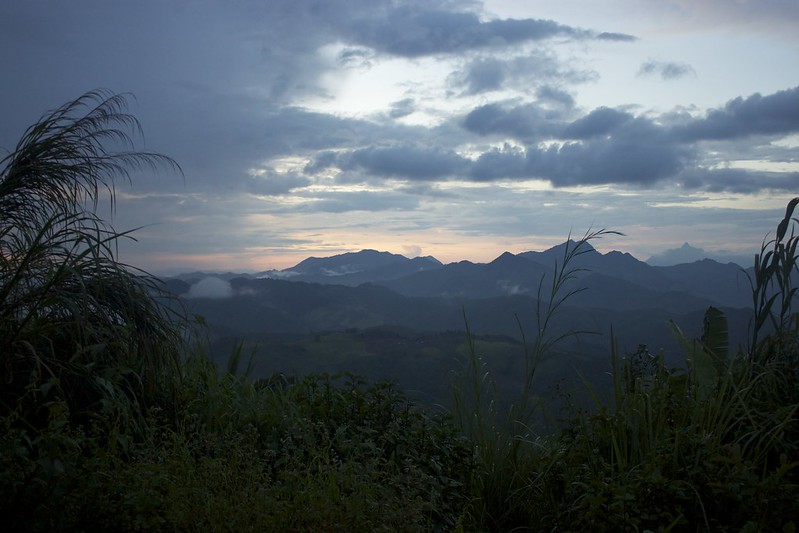 The omens were not good. Within a couple of hours a stone knocked a puncture through my thinning front tyre, and as we stopped to fix it a Swiss couple cycling south pulled over to exchange details of our respective roads ahead. We told them about our plan to ride through the mountains and they earnestly warned us to forget about it; the road was unrideable sludge.
The omens were not good. Within a couple of hours a stone knocked a puncture through my thinning front tyre, and as we stopped to fix it a Swiss couple cycling south pulled over to exchange details of our respective roads ahead. We told them about our plan to ride through the mountains and they earnestly warned us to forget about it; the road was unrideable sludge.
Hard hills came on the second day and with them came hard, heavy rain. We arrived at a guesthouse hours after dark, damp and exhausted, but relieved at least to have made it to within a day's ride of the border. Then, early the following afternoon, the bracket made a sharp crunching sound and the pedal orbit jolted another half inch out of place. I chewed my lip and jiggled the pedals hopelessly, before Liv and I took a deep breath and gently pressed on.
Not long after this our quiet road began to thicken with lorries and HGVs and then the red-roofed offices of Laos immigration rolled into view. Our relief at arriving was quickly tempered by the unavoidable conclusion that we were rattling into the final stages of our journey grossly ill-equipped and ill-prepared for the challenges ahead. Yet as we bedded down in a truckers’ lodge that night, phoneticizing and transferring Chinese phrases into our notebooks, our anxieties settled and the dull thuds of adrenaline leant to that final night in Laos a growing sense of excitement. Despite the distance and the mountains and the dire state of our bicycles, Beijing, our final destination, felt suddenly within our reach.
*********
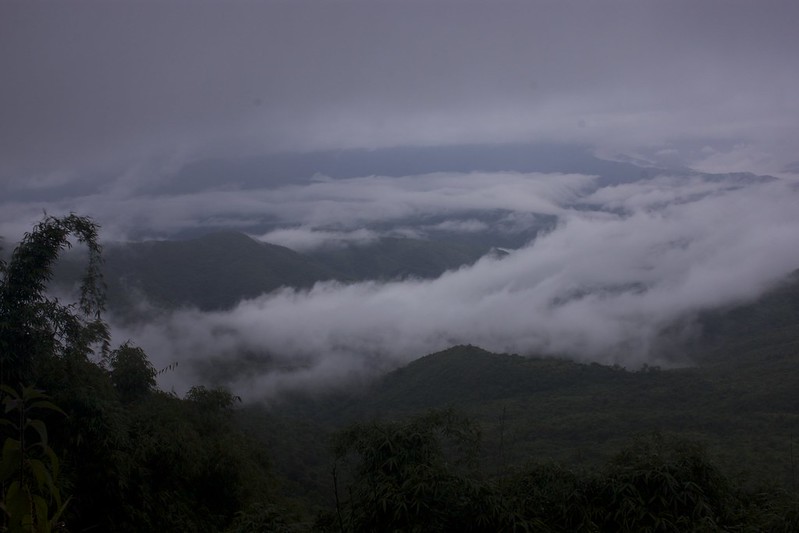




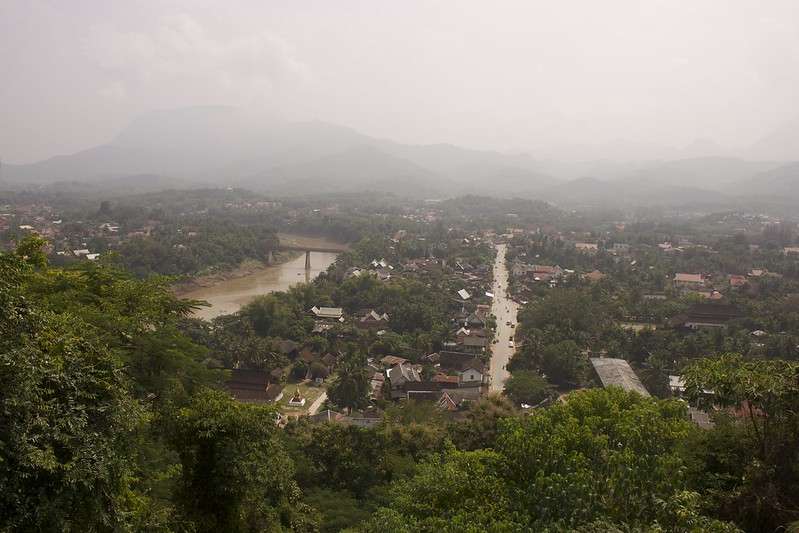
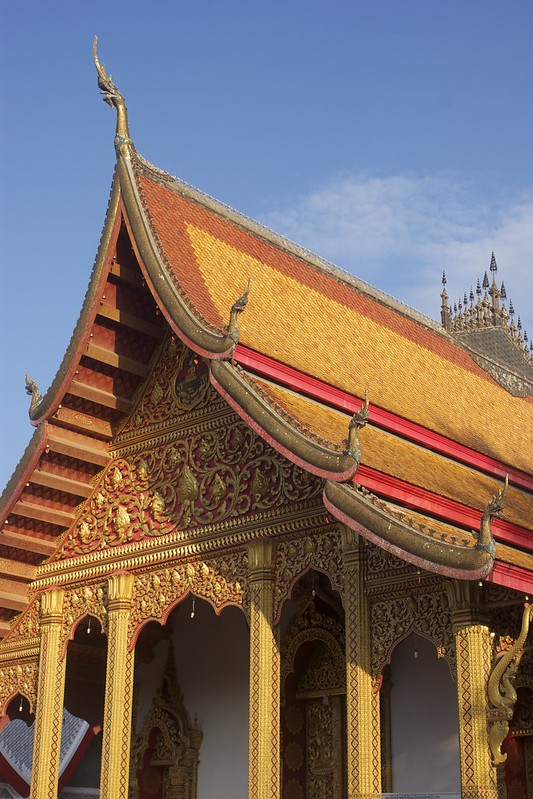
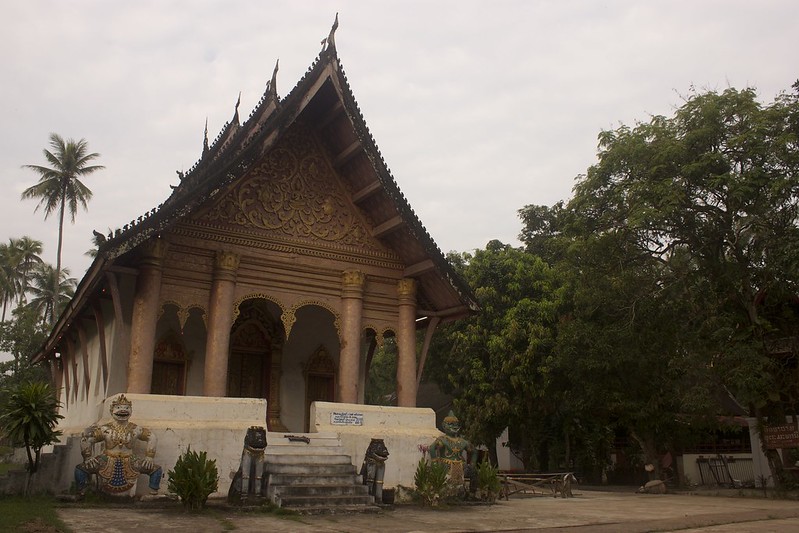

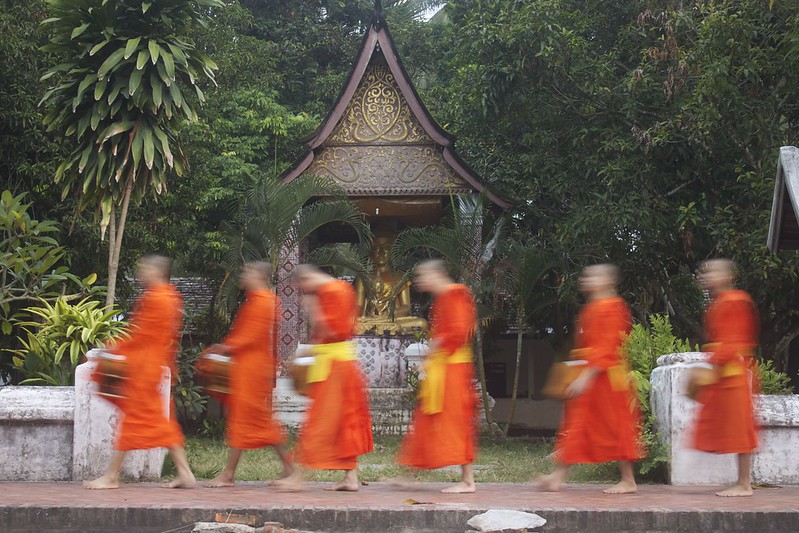


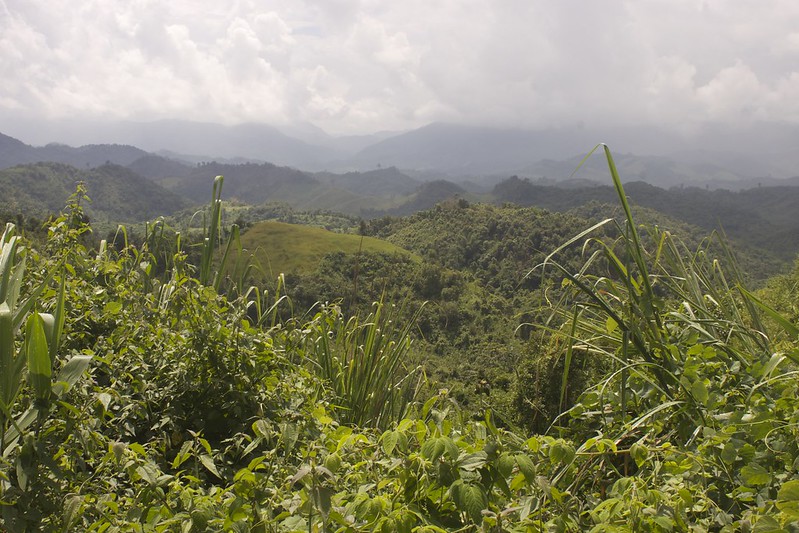
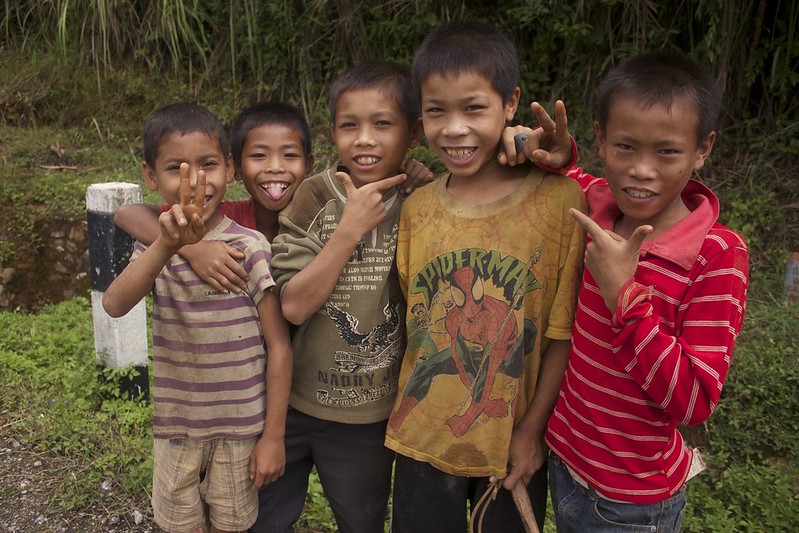
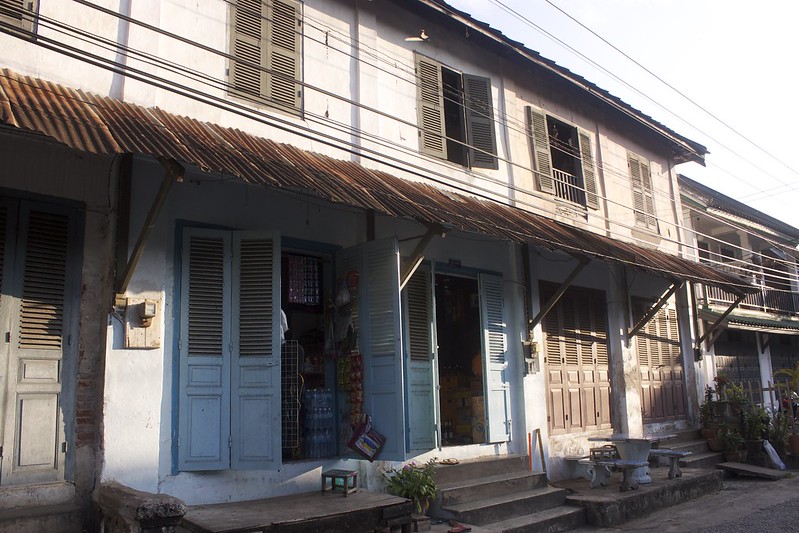
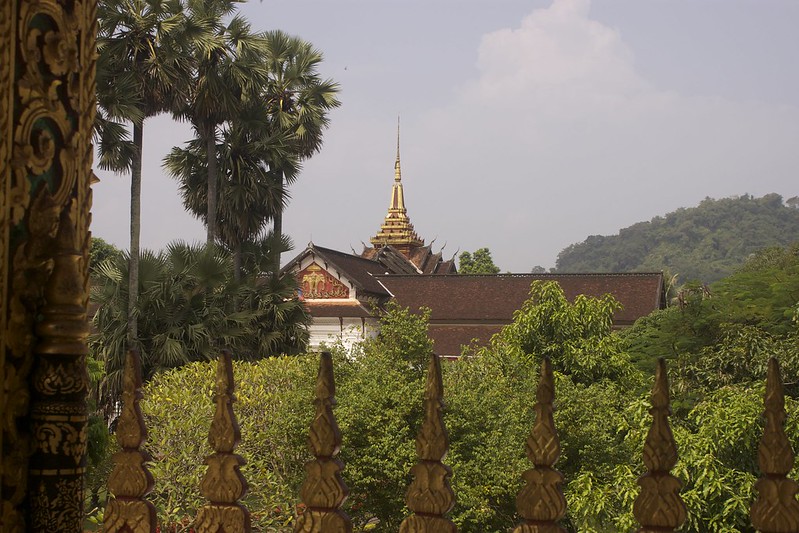
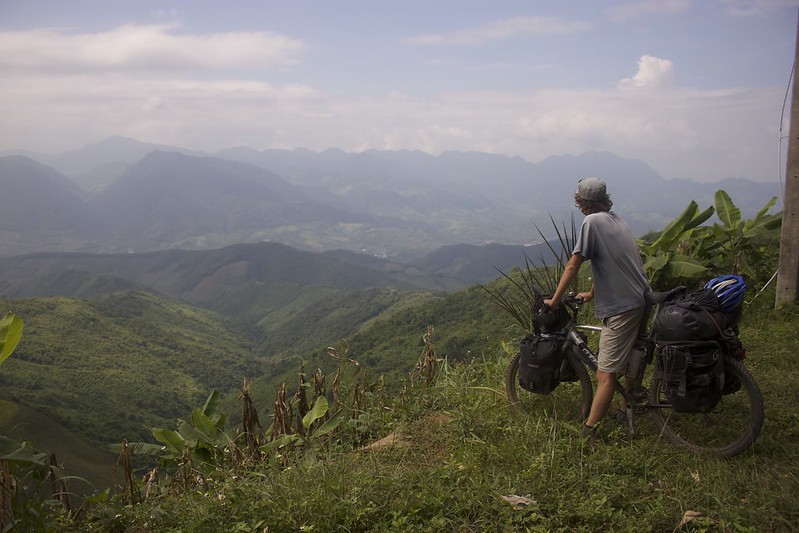
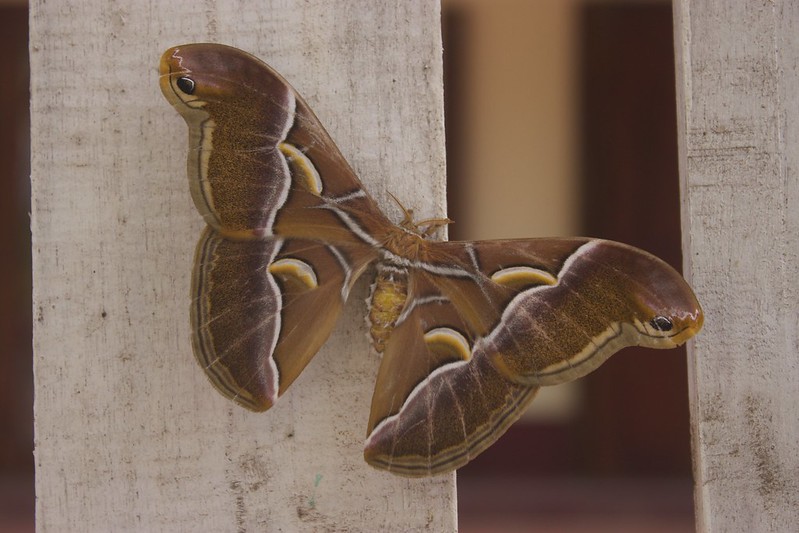
No comments:
Post a Comment